Whitepapers have long been the bedrock of authoritative content, yet the digital landscape demands innovation beyond the traditional. As industries evolve, so does the art of engaging audiences; this is where the intersection of AR (Augmented Reality) and VR (Virtual Reality) with whitepaper design marks a revolutionary shift. Integrating these immersive technologies is an enhancement and a transformation, propelling the humble whitepaper into an interactive experience. This evolution is underscored by the projection that the AR and VR market will soar to $209.2 billion, illustrating the significant role these technologies play in redefining business communications and content strategy.
Turn static pages into dynamic journeys with AR/VR-enhanced whitepapers, making content not just seen but experienced. As we delve further, we will explore the challenges of traditional whitepaper design and the innovative application of AR/VR technologies that turn information into immersive storytelling.
What are the Limitations of Traditional Whitepaper Designs
Traditional whitepapers, with their dense text and static visuals, have been the pinnacle of professional, informative content for years. They’ve served as a reliable medium for delivering complex information, offering in-depth analysis, and establishing thought leadership. Yet, in an era marked by rapid technological advancements and shifting reader preferences, the conventional whitepaper format is encountering its limitations.
- Dense Text Overload- Traditional whitepapers are predominantly text-heavy, a format that can lead to information fatigue. Readers are likely to skim through or completely bypass content that appears overwhelming, reducing the effectiveness of the whitepaper as a communication tool.
- Static Format- The absence of interactive and multimedia elements in traditional whitepapers limits their ability to engage the audience. The lack of interactive experiences makes it challenging to captivate and retain the attention of a visually-driven audience, diminishing the overall impact of the content.
- Limited Personalization- Traditional whitepapers often adopt a one-size-fits-all approach, disregarding the growing need for personalized content in marketing strategies. Without personalization, whitepapers may fail to resonate with the specific interests, needs, and pain points of the target audience, leading to a disconnect and potential loss of engagement.
Recognizing these limitations is not just an acknowledgment of the challenges but also a call to action for embracing innovation. The evolving landscape of content consumption and audience preferences necessitates a shift from the traditional to the transformative. As we progress, the integration of AR and VR technologies emerges as a compelling solution, offering a pathway to reinvent whitepaper designs.
Entering the AR/VR Era
In the wake of the limitations faced by traditional whitepapers, the dawn of AR (Augmented Reality) and VR (Virtual Reality) technologies marks a groundbreaking shift in content design and consumption. These immersive technologies are redefining the very essence of how information is presented and experienced. Let’s delve into this exciting era and explore how AR and VR are integrating into various industries and revolutionizing whitepaper design.
What is AR (Augmented Reality)?
AR overlays digital content in the real world, offering an interactive experience that enhances the perception of reality through computer-generated sensory input like sound, video, graphics, or GPS data.
What is VR (Virtual Reality)?
In contrast to AR, VR creates a completely immersive, simulated environment, detaching the user from the physical world and providing a sensory experience that can include sight, touch, hearing, and even smell.
Integration of AR/VR in Whitepaper Design
AR/VR-enhanced whitepaper designs mark the inception of a new content paradigm. These technologies enable the creation of an immersive whitepaper experience which aren’t just read. Complex data and narratives can be presented in a more engaging and understandable format, turning static charts and graphs into interactive, three-dimensional visuals. The immersive nature of AR and VR allows readers to dive deeper into the content, fostering a connection that goes beyond mere reading to experiencing and interacting with the information.
Incorporating AR and VR technologies in whitepaper design caters to the evolving expectations of modern audiences, offering a more engaging, memorable, and impactful way to present information. With the help of these technologies, whitepapers are now evolving from static documents to dynamic experiences.
What are the Benefits of Using AR/VR in Whitepaper Designs?
The application of AR/VR in whitepaper designs brings a multitude of benefits that can significantly enhance the impact and effectiveness of the content:
- Enhanced Engagement- Interactive elements foster deeper engagement by encouraging readers to interact with the content, making the learning process more dynamic and engaging.
- Improved Comprehension- Complex information can be visualized in a more comprehensible way through 3D models and interactive simulations, aiding in better understanding and retention of the material.
- Memorable Content- The immersive nature of AR and VR creates experiences that are more memorable compared to traditional reading, ensuring that the content sticks in the reader’s mind for a longer period.
- Accessibility and Inclusivity- By catering to various learning styles and preferences, AR and VR make the content more accessible to a broader audience, ensuring that everyone can benefit from the information provided.
- Innovative Brand Perception- Adopting AR/VR in whitepaper designs positions a brand as an innovator and a forward-thinking leader in its field, enhancing brand perception and credibility.
How to Apply AR/VR In Whitepaper Design
The integration of AR (Augmented Reality) and VR (Virtual Reality) technologies into whitepaper design opens up a new dimension of possibilities for content creators and readers alike. These technologies can be applied innovatively to enhance the whitepaper experience:
- Interactive Visualizations with AR- Augmented Reality can turn static images and charts into interactive, 3D visual elements. Readers can use their devices to engage with the AR/VR-enhanced whitepapers, making the data exploration an interactive and hands-on experience.
- Immersive Environments with VR- Virtual Reality can immerse readers in a fully simulated environment, ideal for detailed explorations of complex concepts. VR can be used to create scenarios where the reader can experience the subject matter of the whitepaper in a simulated, lifelike setting.
- Enhanced Demonstrations- Both AR and VR can be used to demonstrate processes or products in a way that is far more vivid and explanatory than traditional text or static images. This can be especially useful for technical whitepapers, where understanding the functionality is crucial.
- Personalized Content Experience- AR and VR technologies can tailor the whitepaper experience to individual readers. Content can adapt to the interaction of the user, providing a personalized journey through the material.
From Pages to Portals: The Future of Whitepapers is Immersive
The future of whitepapers isn’t confined to static pages, it’s bursting with interactive experiences. By embracing AR and VR technologies, you can transform your whitepapers from mere documents into captivating journeys that inform, engage, and leave a lasting impression.
Don’t wait to join the immersive revolution. Captivate your audience and forge deeper connections through AR/VR-enhanced whitepapers that transcend the ordinary. The future of whitepapers is here – dive in and experience it for yourself!
FAQs on AR/VR in Whitepaper Design
What are AR and VR, and how do they differ?
AR, or Augmented Reality, overlays digital content onto the real world, enhancing one’s current perception of reality. VR, or Virtual Reality, creates a completely immersive, simulated environment, detaching the user from the physical world. While AR adds to the reality you would ordinarily see, VR replaces your world with a virtual one.
How can AR and VR enhance the effectiveness of whitepapers?
AR and VR transform whitepapers from static documents into interactive, immersive experiences. They allow for complex data and narratives to be presented in an engaging, visually compelling format which helps enhance reader engagement and information retention. Moreover, it also creates an immersive whitepaper experience that elevates your content’s impact.
Are AR/VR-enhanced whitepapers accessible to everyone?
Accessibility can vary based on the user’s technology. However, with the increasing proliferation of AR/VR-capable devices, these technologies are becoming more accessible. You can also provide alternative formats to ensure that content is inclusive for all audiences.
What should businesses consider when integrating AR/VR in whitepaper designs?
Businesses should consider their target audience’s needs, the technical requirements for AR/VR content, the complexity of the information they wish to present, and how AR/VR can best enhance their content’s message and engagement. It’s also crucial to partner with a knowledgeable and experienced provider like Infobrandz to ensure a high-quality, impactful end product.

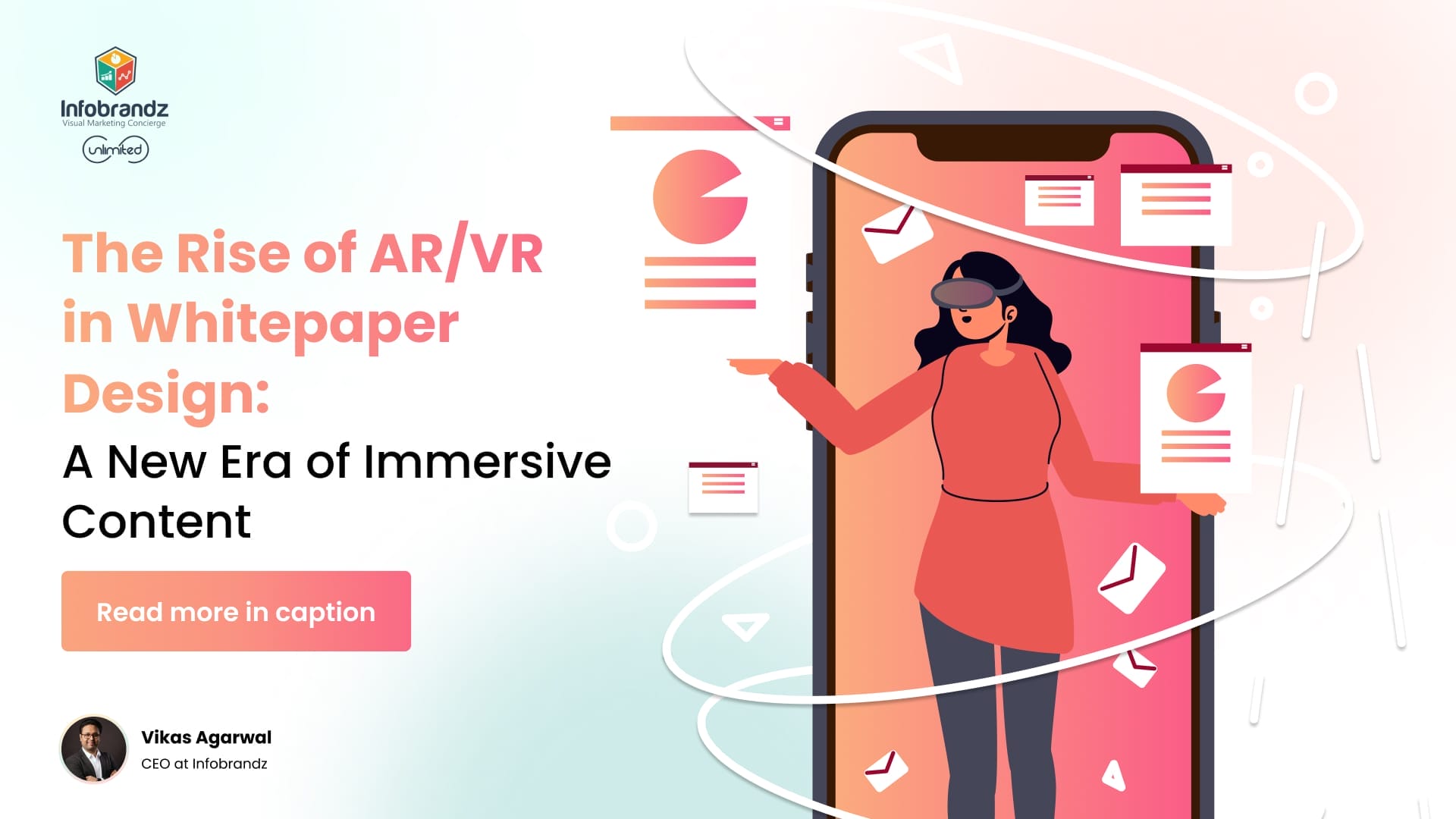
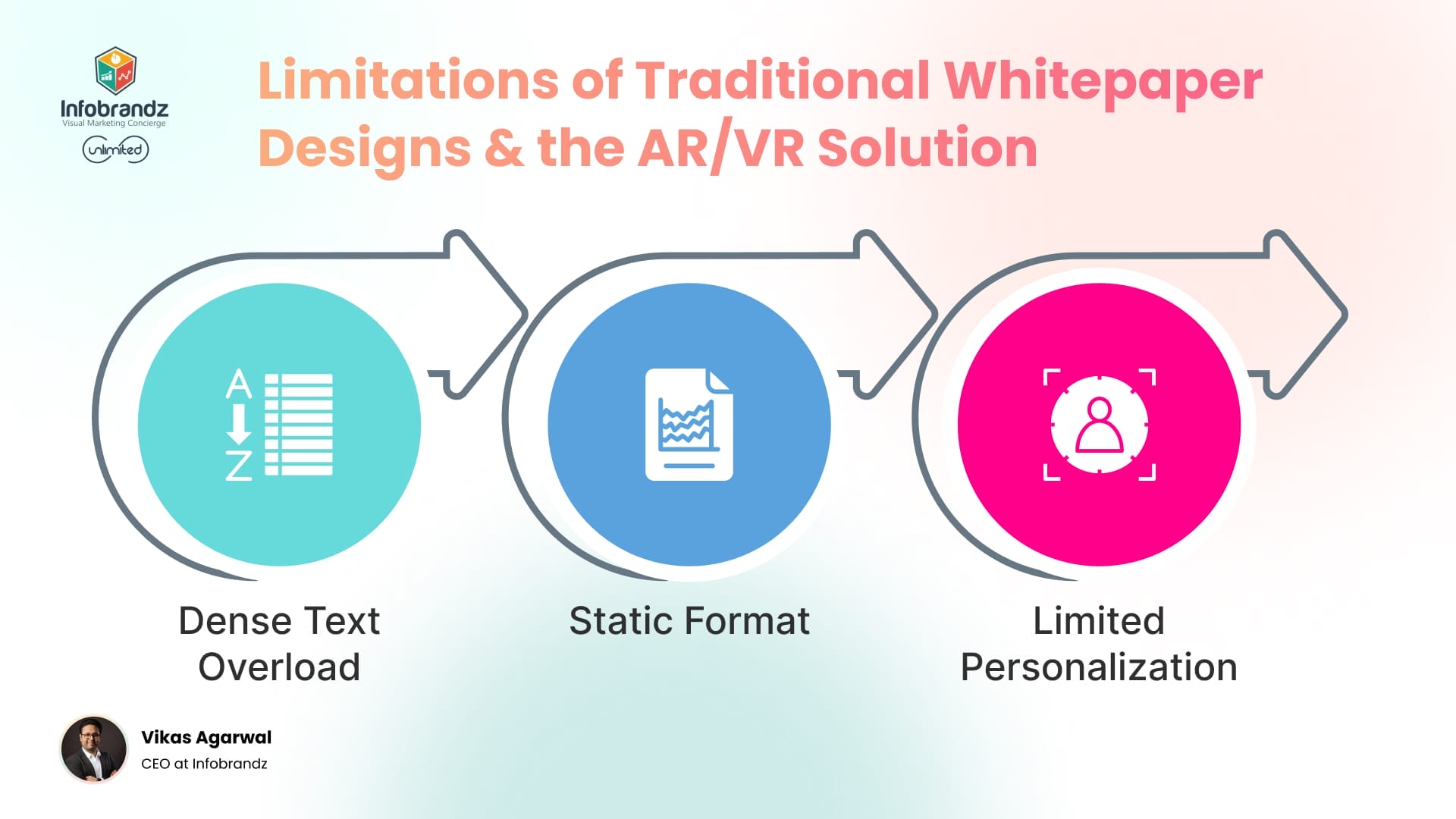
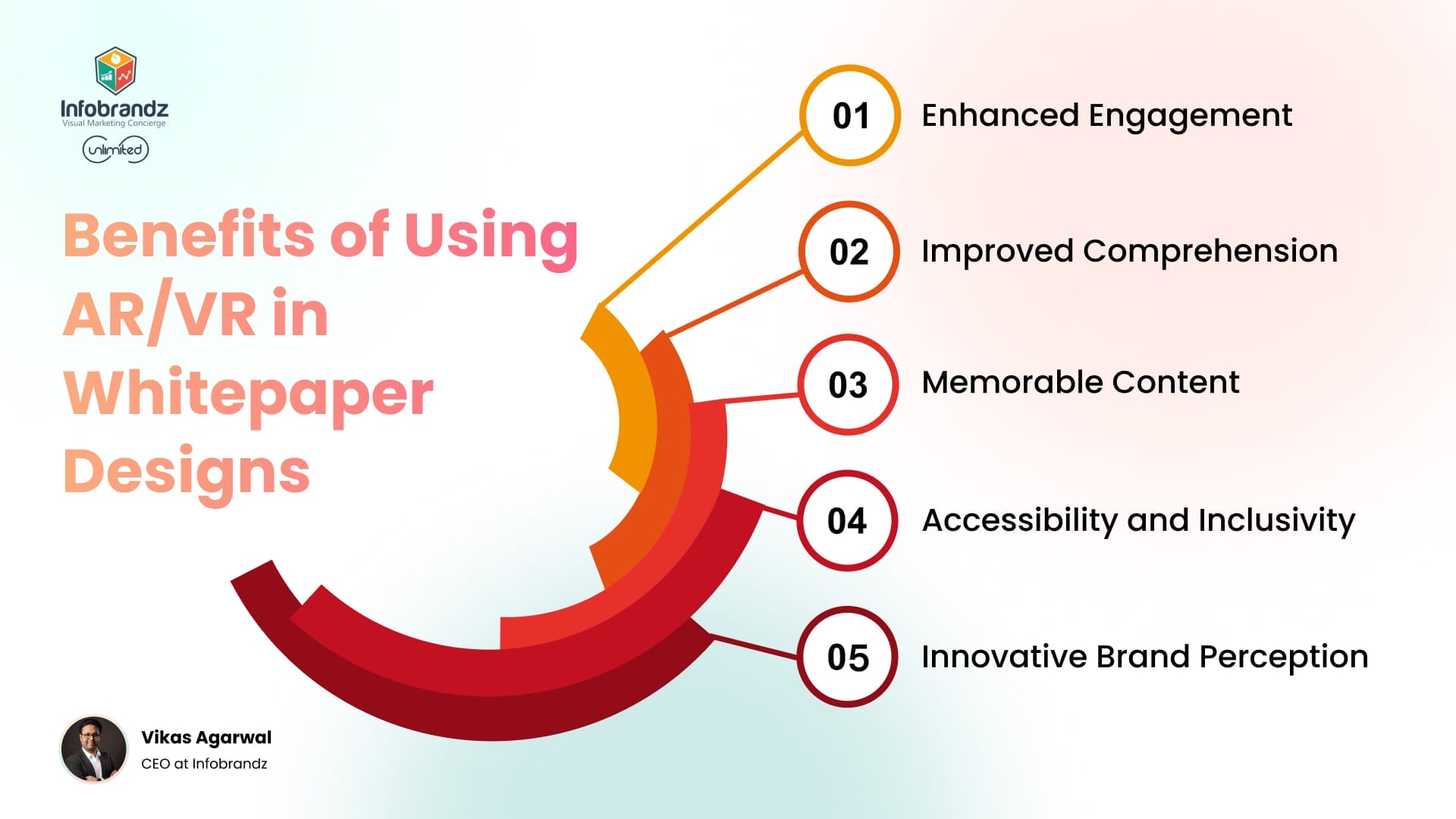
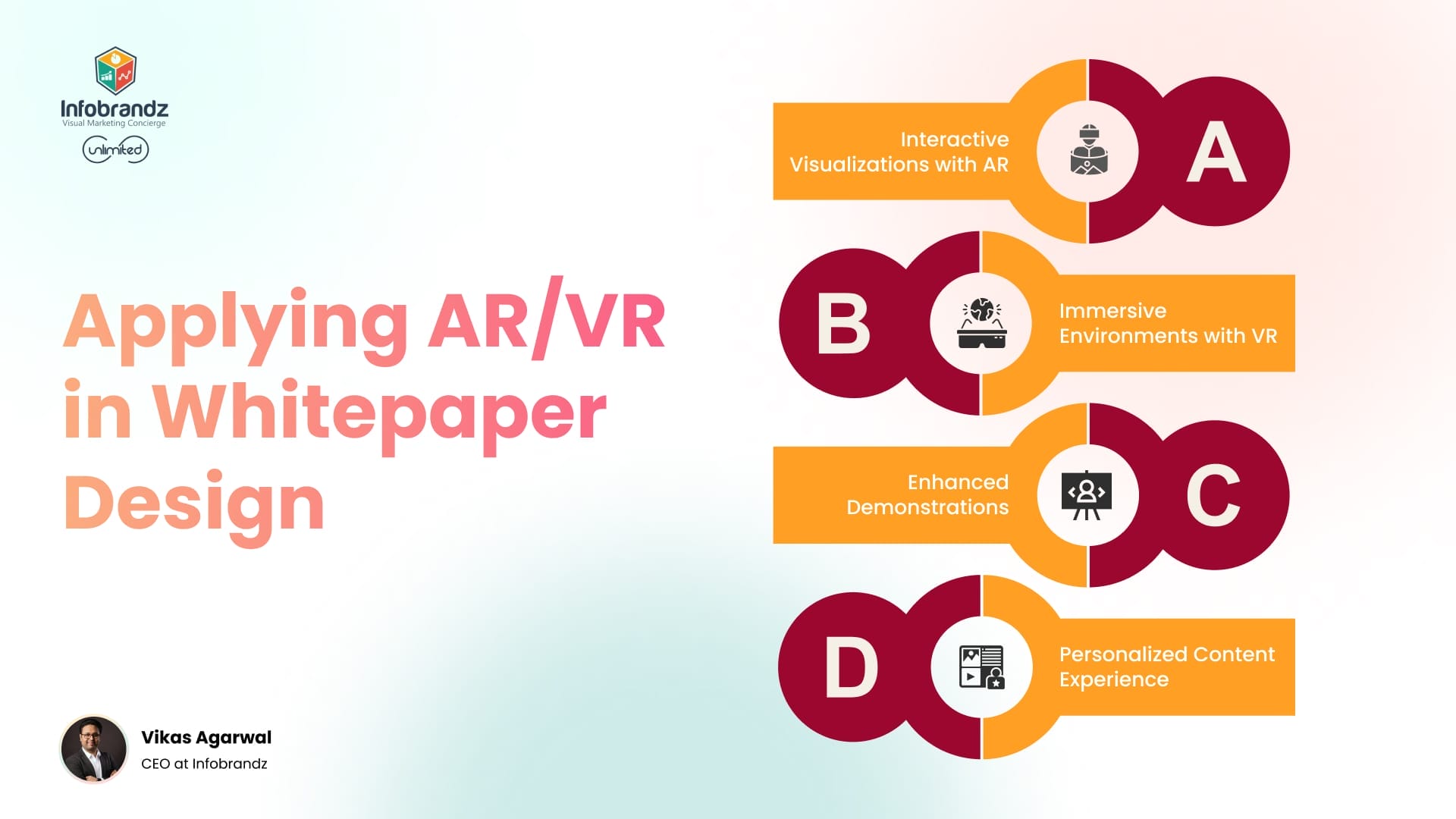
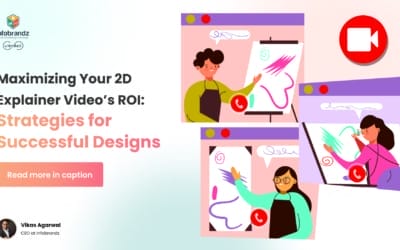








0 Comments